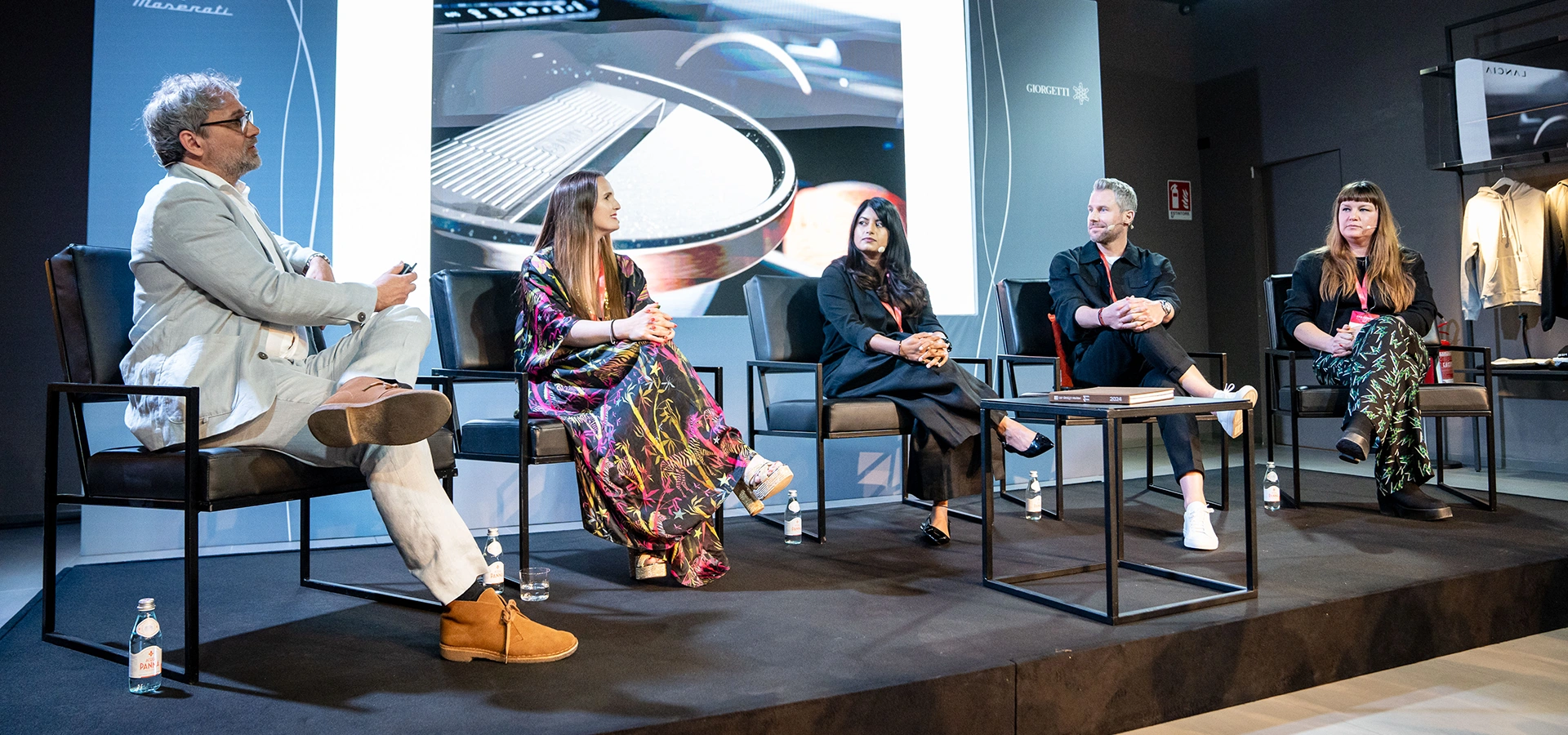
Swarovski Mobility sponsored the Car Design Dialogues in Milan, hosted by Car Design News during Salone del Mobile—one of the world’s most influential design events. This marked the second time Swarovski Mobility supported the conference, reinforcing its position as a key contributor to the future of automotive design.
Salone del Mobile is globally recognized as a celebration of creativity, craftsmanship, and innovation across furniture, architecture, and industrial design. Its growing relevance to mobility and transportation design makes it an ideal setting for cross-industry dialogue. Car Design Dialogues, held within this context, brought together leading OEMs, design studios, suppliers, and thought leaders to explore emerging trends, technologies, and materials shaping the next generation of vehicles.
A highlight of the event was the panel discussion featuring Lars Schmidt, General Manager of Swarovski Mobility, who shared insights on the evolving role of materials and emotional design in automotive interiors. His contribution emphasized how crystal components are not only decorative but also functional—enhancing user interaction, lighting, and personalization.
Central to Swarovski Mobility’s presence was the presentation of the Emotional Cockpit, developed in collaboration with AUMOVIO. This award-winning concept, recently recognized with the German Design Award 2025, showcases the integration of precision-cut Swarovski crystals with advanced display technologies and a world-first customizable e-ink trimline. The Emotional Cockpit demonstrates how emotional connection, personalization, and material innovation can redefine the driving experience.
The sponsorship provided Swarovski Mobility with a valuable opportunity to share its design vision and connect with key players in both the automotive and design industries. The event also served as a platform to highlight the company’s expertise in crystal integration, from ambient lighting and control elements to trim and decorative features—demonstrating how these components contribute to both aesthetics and functionality.